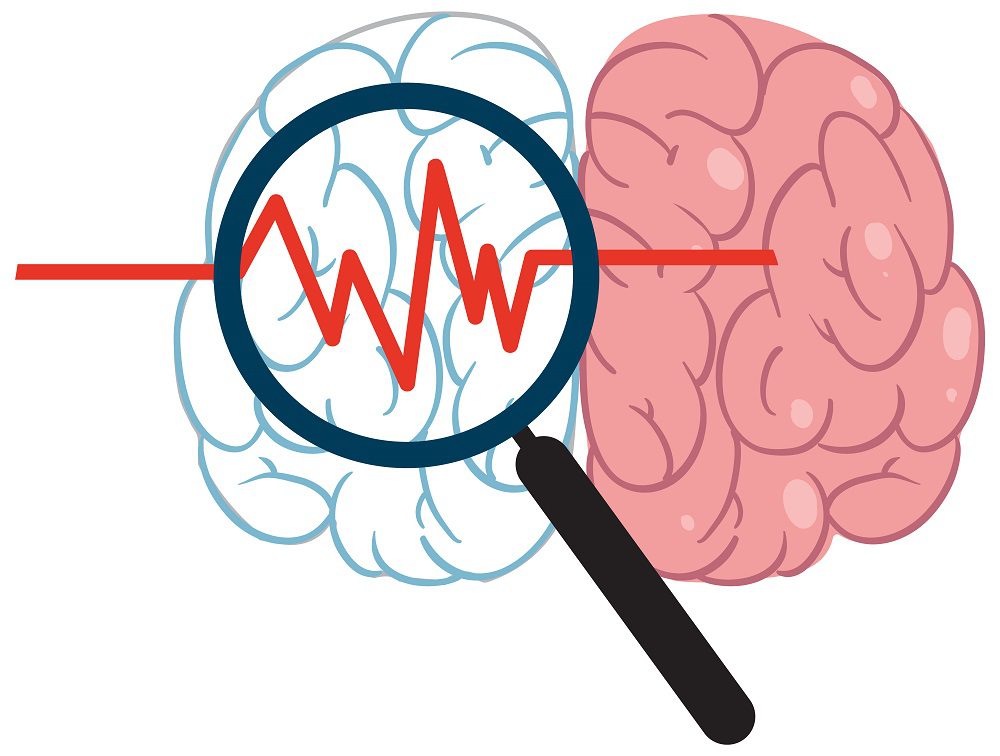Understanding the relationships between brain structure and language behavior in primary progressive aphasia provided important information about the disease’s pathomechanisms. This study specifies the relationship between brain structure and language behavior in primary progressive aphasia to determine the degree to which task-associated regions were atrophied across disease variants and the degree to which task-related atrophy overlaps across disease variants.
Overlapping task-associated atrophy was observed in the left lateral, ventral, and medial temporal lobes, middle and superior frontal gyri, and insula. Some regions, primarily in the Perisylvian region, were associated with language behavior despite indicating no substantial atrophy. Cross-variant atrophy in task-associated regions indicates partially shared underlying deficits, whereas unique atrophy reinforces variant-specific deficits. Language task-related regions that are not atrophied suggest regions of future network disruption and encourage understanding of task deficits beyond the atrophied cortex















